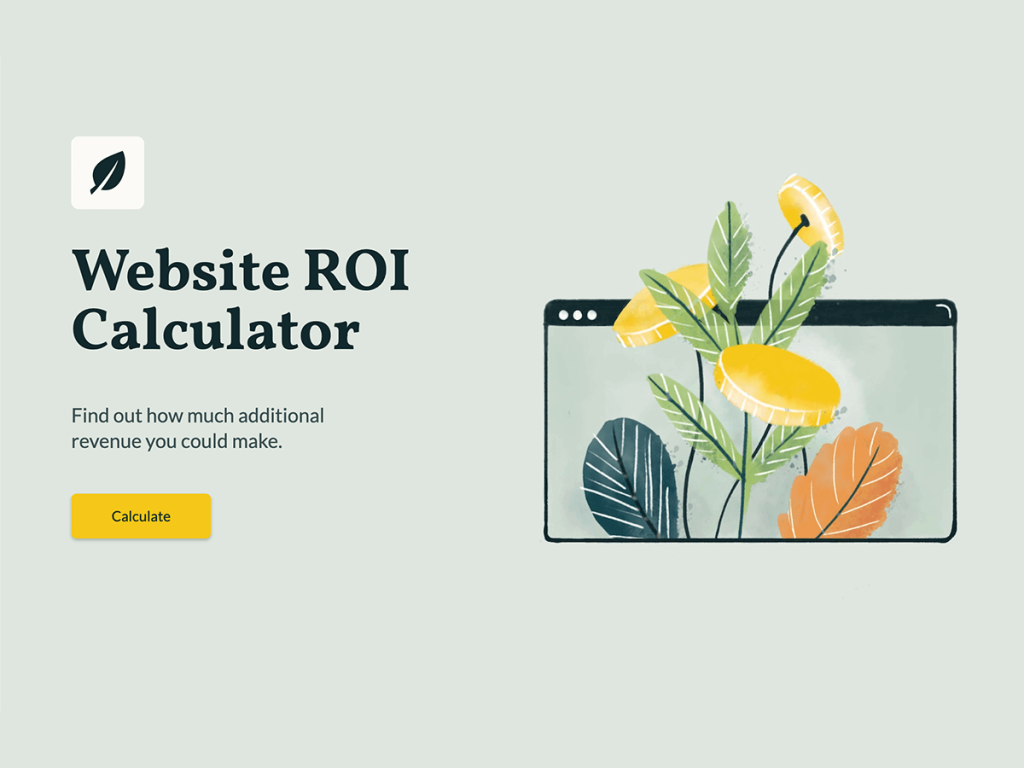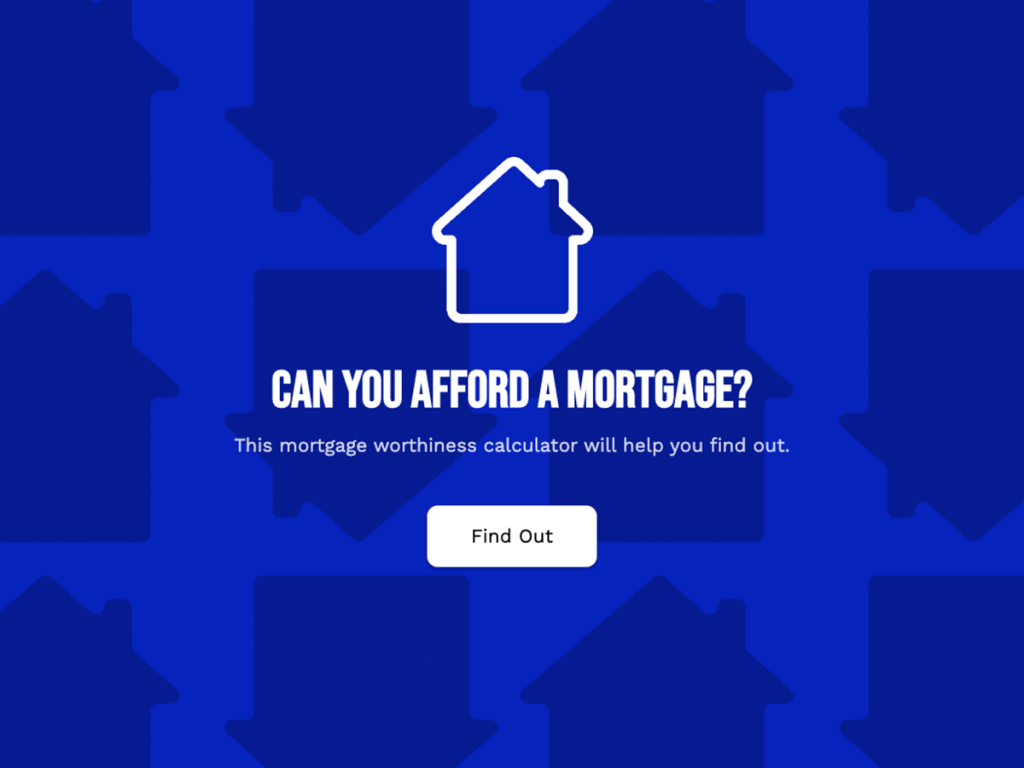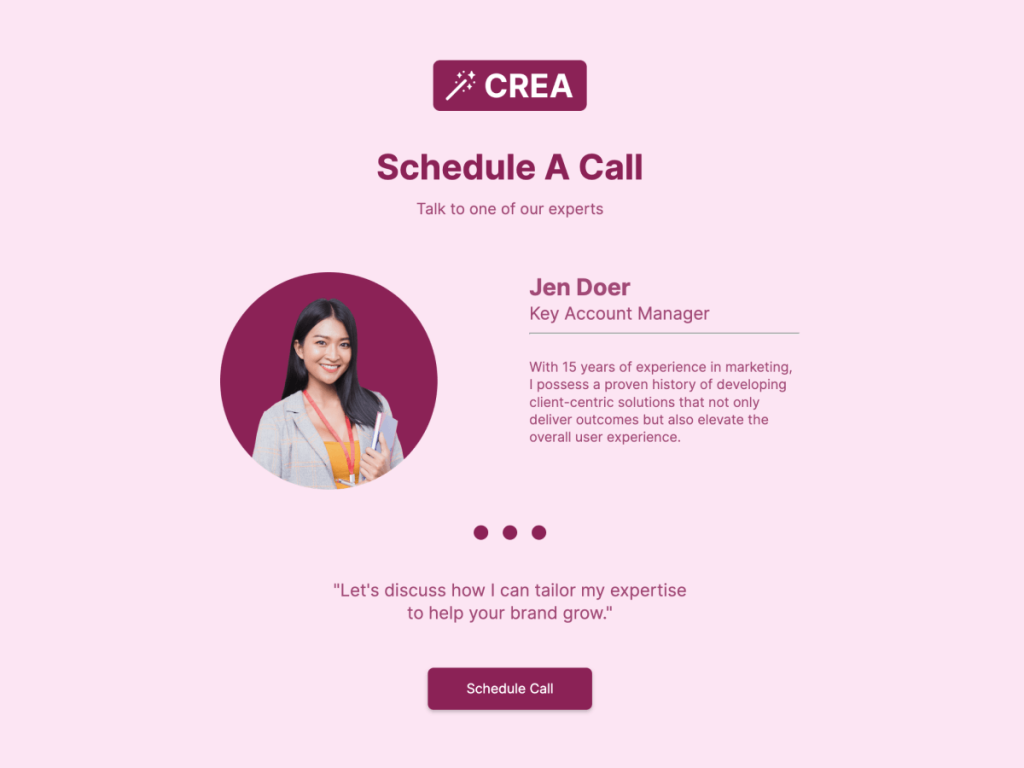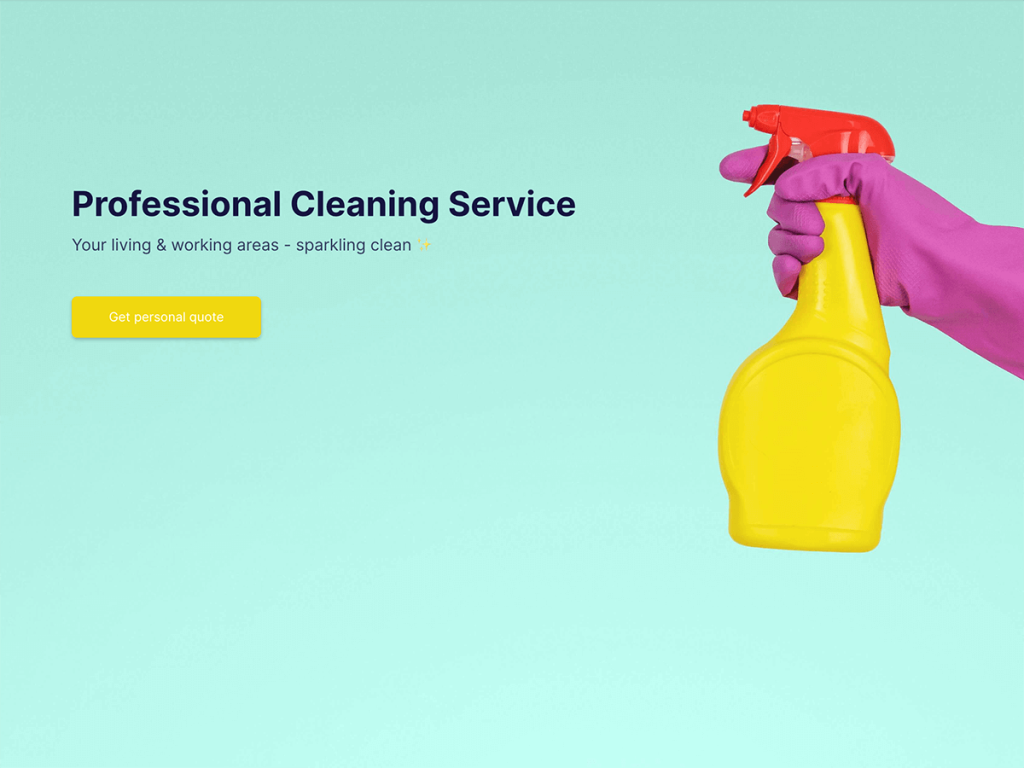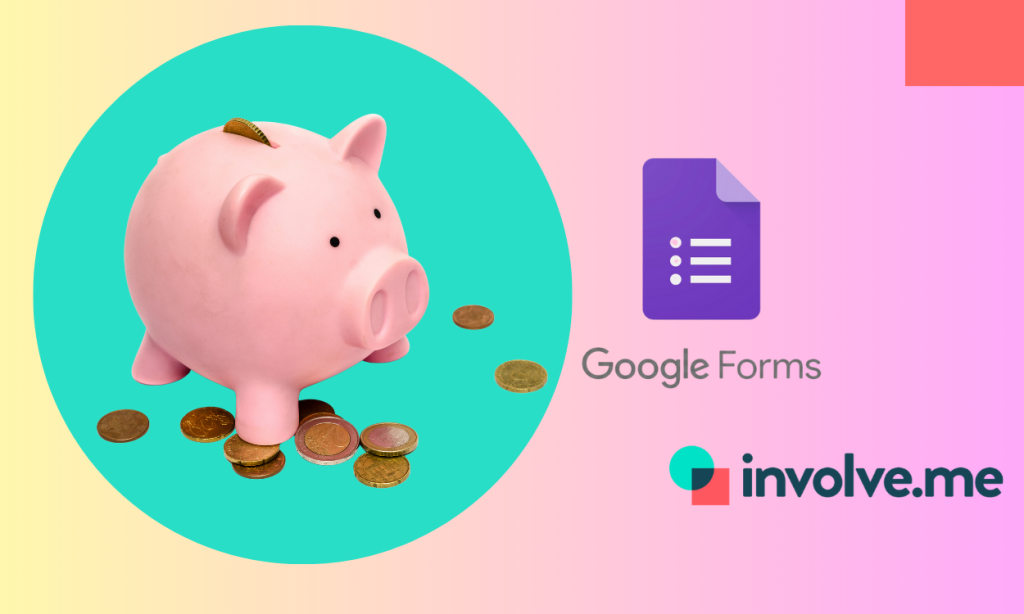As a budding entrepreneur and marketer, there is a variety of different metrics you always have to keep in mind. Conversion rates, click-through rates, cart abandonment rates, and finally, bounce rates.
No matter what type of business you run, bounce rate is one of your most critical metrics and working on decreasing it can bring major benefits to your website and business. Here are some of the best ways to lower your bounce rate with ease.
What is Bounce Rate?
One of the most critical terms in digital marketing, your website’s bounce rate is a sign of the overall success of your offer, copy, design, content and much more. In other words, your bounce rate is like a litmus test for how interesting your visitors find your website.
Put simply, a “bounce” happens when a visitor lands on your website and leaves without clicking through to any other pages. A bounce rate is the percentage of your visitors that do just that – visit one page and leave. The lower your bounce rate, the more interest your visitors have on your website and offer. A high bounce rate means that something is wrong – with your design, offer, copy, user interface or something else.
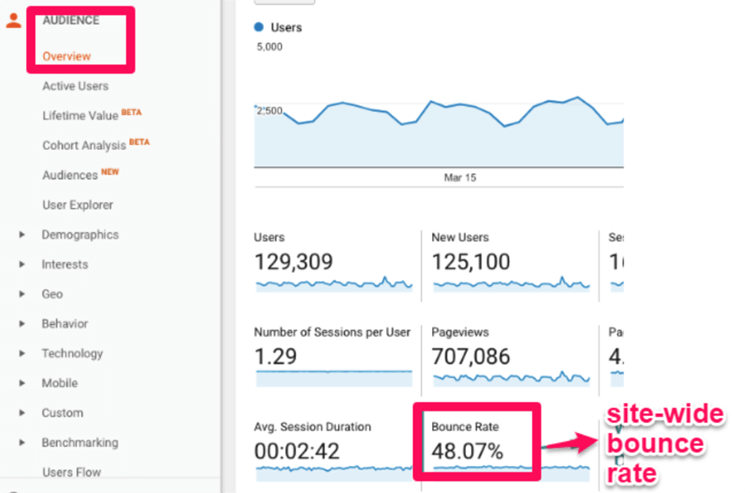
Needless to say, all business owners should strive to have a healthy bounce rate – as low as possible. Here is how you can effectively reduce your bounce rate and make sure that people stay on your website when they land on it.
The Best Ways to Improve Bounce Rate
Depending on what is wrong with your website, you may want to take one, several or all of these steps. Whatever your bounce rate is, make sure to consider all of these factors if you want to attract and retain more website visitors.
Increase Your Website Speed
One of the easiest ways to improve your user experience, conversion rate, SEO performance and bounce rate is to increase your website’s load speed. According to research, 47% of all website visitors expect a website to load in under 2 seconds. With every additional second, the chances of a bounce increase significantly.
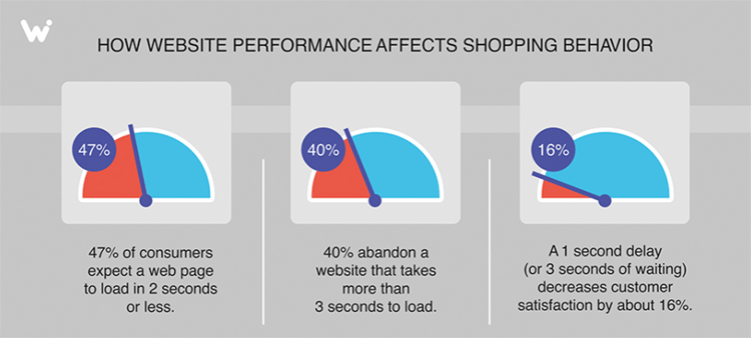
No matter how great your content is, how stunning your offer may be, how great the design is behind all that waiting time, it won’t matter much if no one sticks around to see all that. There are lots of tools (including Google’s own) to check your website’s loading speed and the possible causes for its occurrence. In most cases, a good developer can sort out your website load speed issues in a matter of days.
Create a Mobile Version of Your Website
Nowadays, more people browse the web on their phone than any other device. Every website needs a separate, mobile version that looks and functions properly on these devices. Unfortunately, quite a few websites still have just one, desktop version, which causes a good number of your mobile visitors to bounce.
A site that is not optimized for mobile will look odd, take lots of scrolling and pinching and twiddling around to navigate. As a consequence, most visitors will bounce from such a website. Moreover, Google now considers not having a mobile website as a signal to punish your website in search engine results, so this hurts your SEO as well.
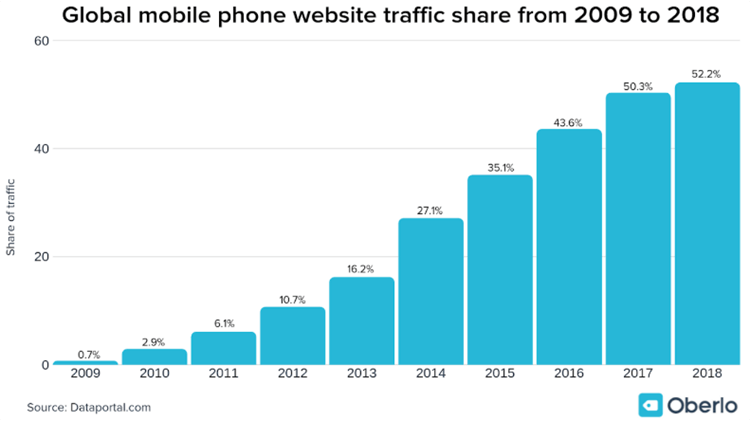
The good news is that nowadays, most WordPress themes come with a mobile website out of the box, so you’re already set. If you don’t have a mobile version of your site, it may cost you quite a bit to hire a developer to build something for you. However, bear in mind the cost of a high bounce rate and poor SEO results – it just may be worth it to build a mobile website.
Make Your Content Easy to Read and Share
No matter what the year and what marketing trends arise, people love consuming content. Different formats come and go but the written word will always be popular with visitors and it’s a great chance to make them stick around and improve your bounce rate.
The first thing you want to ensure is that your design and user experience is good and that you’re not using odd design elements, like black letters on an orange background.
The second tip is to use plenty of white space. It lets the eyes rest and you should incorporate some blank space wherever possible, between different design elements and pieces of your page.
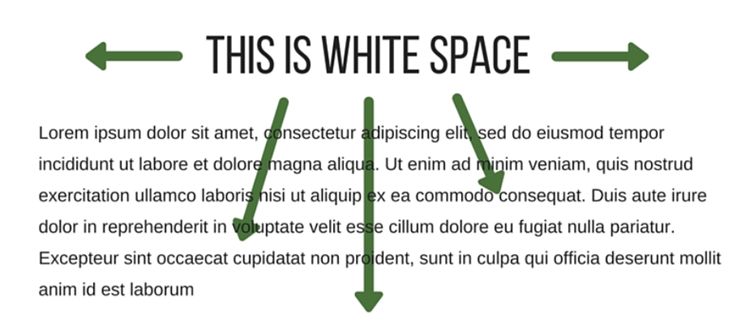
Third, split up your sentences and make them shorter. If you’re in doubt, use the Hemmingway app and split up everything that’s too long. Group 3-4 sentences into paragraphs and space them apart from each other. Finally, group your written content into headings and subheadings and keep a logical structure.
All of this will help your content become easier to read and navigate.
You also want to make your content easy to share, but fortunately, that is an easy fix. Just install a plugin from your CMS to enable social sharing so that each of your posts can be shared on any social media platform with a click of a button.
Make Online Quizzes and Surveys
Quizzes have been around for a few decades now. Ever since the first Cosmo magazines, people loved doing them. After all, who wouldn’t want to find out more about themselves after doing a short quiz? The great news is, quizzes are ready for the 21st century and they make for a great marketing tool that lowers your bounce rate.
There are lots of great online platforms like involve.me that let you create interactive quizzes and surveys. When you ask the right questions and provide the visitors with interesting results, they spend more time on your website and they’re much more likely to stick around and browse a few other pages too. In terms of the leads and revenue you get, this is one of the best lead generation methods there are.
Show Pop-ups Wisely
If you’ve been alive long enough, you probably remember the era when pop-ups were the biggest annoyance to mankind, besides the constant presence of Britney Spears. Pop-ups have evolved and upgraded themselves for the 21st century and they are now one of the most common marketing tools out there.
However, don’t think that any pop-up can be placed just anywhere. Just like the rest of your website design and copy, pop-ups need to be designed, timed and personalized. The right pop-up at the right time will increase your conversion rate tenfold – the wrong pop-up will make your bounce rate skyrocket.
Test different pop-up design, copy and placement to find the best tactic for your business. The rule of thumb is to make the offer personalized and non-intrusive. The rest is up to you to figure it out.
Offer Freebies
Sound logic implies that no one will give away something for free without asking at least something in return. There are lots of business (probably your competitors, too) offering something for free. Still, it’s an excellent way to reduce that bounce rate even more.
What you offer will depend on the type of product or service you sell. For example, a free T-shirt with a purchased pair of sneakers or a free bracelet for someone who signs up for your mailing list. If you’re in the tech space, it’s even easier. You can offer free courses, checklists, calculators, ebooks, guides, webinars – you name it.
The basic premise is the same. Whatever you offer for free, it needs to be useful to your target audience. There is no use giving free bookmarkers to professional divers (well, maybe some). Moreover, you need to get something in return – their email and contact data so that you can market to them more easily.
Implement FOMO
Short for Fear of Missing Out, this is one of the oldest tricks in the marketing book. Want to sell more watches? Tell your customers you only have three left in stock until you run out.
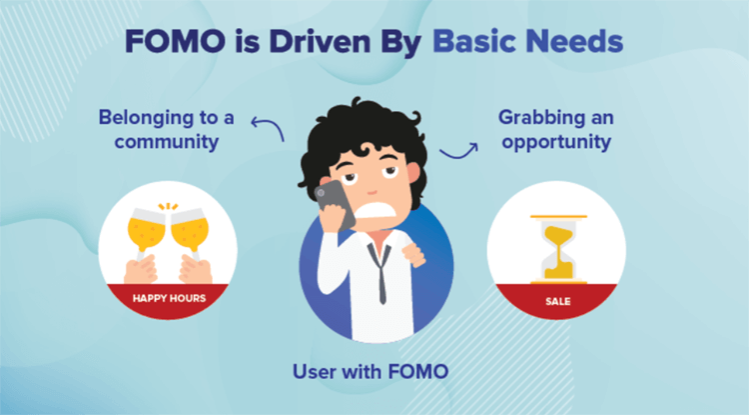
As easy as it is to see through this tactic, it still works and it works really well. There is only one rule: make sure that you are being honest in your marketing efforts. You may pull off a trick and get some quick sales once, but your customers will quickly see through it if you scam them. You won’t have to worry about the bounce rate at all then – no one will visit your website in the first place.
Leverage Social Proof
This is yet another marketing tactic that has been around for decades in some shape or form. Social proof entails that people are more likely to trust their peers instead of companies looking to sell to them. In other words, your buyers will trust reviews from other people rather than any marketing copy you present to them.
You can use this to your advantage and collect social proof from your happy customers and display it in the right places – your homepage, landing pages, product pages, etc. Some popular forms of social proof include written and video testimonials and reviews.
Moreover, there is a recent trend where conversion pop-ups are shown to website visitors. New visitors are shown the most recent conversions on your website, such as sales, subscriptions and signups. That way, they are encouraged to do the same and click through, reducing your bounce rate. There are great social proof tools such as crowdy.ai that let you automate this type of social proof.
Make the Best of Video Content
You’ll hear this one a lot – use video content to get more conversions and decrease your bounce rate! This is about as absurd as telling you that studying physics is going to make you a scientist. How you create and display videos makes all the difference.
The best way to decrease your bounce rate is to display your videos strategically. For our own website, we manage to increase our conversions and decrease our bounce rate by placing a short explainer video right on our home page. It turns out that people prefer watching a short video about a product, rather than reading any marketing copy.
How you use videos will differ from business to business, but there is one thing to note from my personal experience: don’t go overboard with them. With every video you include on your website, you risk that the visitor will click through to YouTube instead of another page on your website, which is considered as a bounce. However, do it right and you can significantly reduce your bounce rate.
Conclusion
There are lots of factors that can influence your total bounce rate. However, if you go one by one and check off this list, you will soon find that not only will your bounce rate decrease, but your conversion rate and revenue will start increasing as well. I hope you found this list useful and that you will start working on some of these methods soon.
Author
Carsten Schaefer is the founder and CEO of crowdy.ai, the all-in-one platform for building online reputation. Inspired by principles and mechanisms of social proof, Carsten is currently on his way to help businesses become trustworthy and thrive in the digital landscape.

